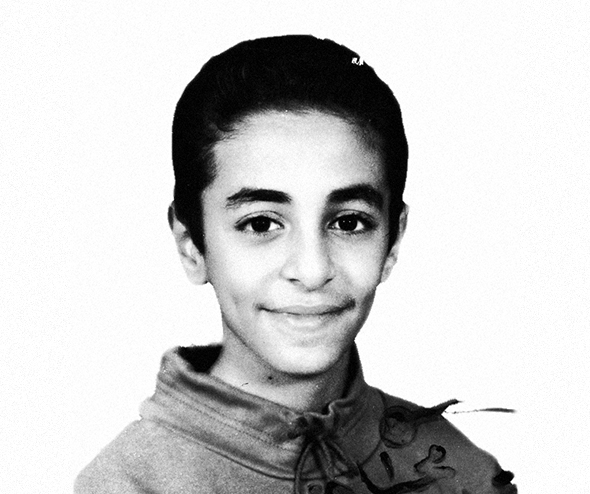


قصــــتنا
فى سـنة ١٩٢٤، حلَّ الإسكنـــدريّة الأخَوَان التشـيليّان فلسطينيّا الأصل إبراهيـم وبيدرو (بدر) لاما، فى طريقهم لبيت لحم، وطاب لهما المقـام، فقـــررا الاســـتقرار في المدينـــة. كـــان الأخـــوان مولعـــيْن بالسينمـــا، فقـــررا تأسيـس شـــركة إنتـــاج خاصة بهــم. معـــًا، أنتجا وألّفـــا وأخرجـا الفيلـــم المصـــرىّ الأول، قبلة فى الصحـــراء، فى عام ١٩٢٧. انتقــــدت الصحــــافة آنئـــذ الفيلـــم معلقـــةً:
«الصـــورة الوحيـــدة المصـــريّة فى الفيـــلم هى صــورة الأهرامــات وأبو الهـــول».
وعلى الرغم، فقـد فتح الأخوان الباب على مصراعيه للأجيال اللاحقة من صُنّــاع السينما، عن طريق إتاحـــة المجـــال لتجـــارب الإنتـــاج السينمائى فى الإســكندرية
بعد حوالى قرن من وصــول الأخويـــن للإسكندرية، قررنـــا أن نبدأ مجمــوعـــة تدعم جيـــلًا جديـــدًا من المواهـــب فى المشهـــد السينمـــائى المستقـــل فى مصر. بوحى من قصة الأخوين لاما، أسسنا قبلة فى الصحـراء. خلفياتنا المختلطة أوحـــت لنا بأن نعيـــد اســتكشـــاف اللغـــة الســــينمائية، والنمـــاذج الإنتاجية بطـــرق جديدة، سعيــًا نحـــو رعـــاية رعيـل جديد من الأصـــوات والأعمـــال المثيـــرة للاهتمـــام
بعد حوالى قرن من وصــول الأخويـــن للإسكندرية، قررنـــا أن نبدأ مجمــوعـــة تدعم جيـــلًا جديـــدًا من المواهـــب فى المشهـــد السينمـــائى المستقـــل فى مصر. بوحى من قصة الأخوين لاما، أسسنا قبلة فى الصحـراء. خلفياتنا المختلطة أوحـــت لنا بأن نعيـــد اســتكشـــاف اللغـــة الســــينمائية، والنمـــاذج الإنتاجية بطـــرق جديدة، سعيــًا نحـــو رعـــاية رعيـل جديد من الأصـــوات والأعمـــال المثيـــرة للاهتمـــام
Our Story
In 1924, two Chileans of Palestinian origin, Ibrahim and Pedro “Badr” Lama, stopped in Alexandria on their way to Bethlehem, where they decided to stay. Being fascinated by the cinema, they founded their own production company in the city. The Lama brothers produced, wrote, and directed the first Egyptian feature film, A Kiss in the Desert, and several other titles. The press would criticize their first movie by saying that “the only image that feels Egyptian is that of the Pyramids and the Sphinx.” Nevertheless, and despite the initial foreignness of these young Latin Americans of Arab origin, they opened a gate for generations to come by establishing a space for film production and cinematic experimentation in Alexandria.
Nearly a century after the two Chileans arrived in Alexandria, a group of filmmakers decided to create a collective to support a new generation of talents in the Egyptian cinematic independent scene. Inspired by the story of the Lama brothers, we established A Kiss in the Desert. Our hybrid backgrounds led us to explore the cinematic language and production models in diverse ways, aiming to foster new voices and works with a critical bias that are aesthetically intriguing.